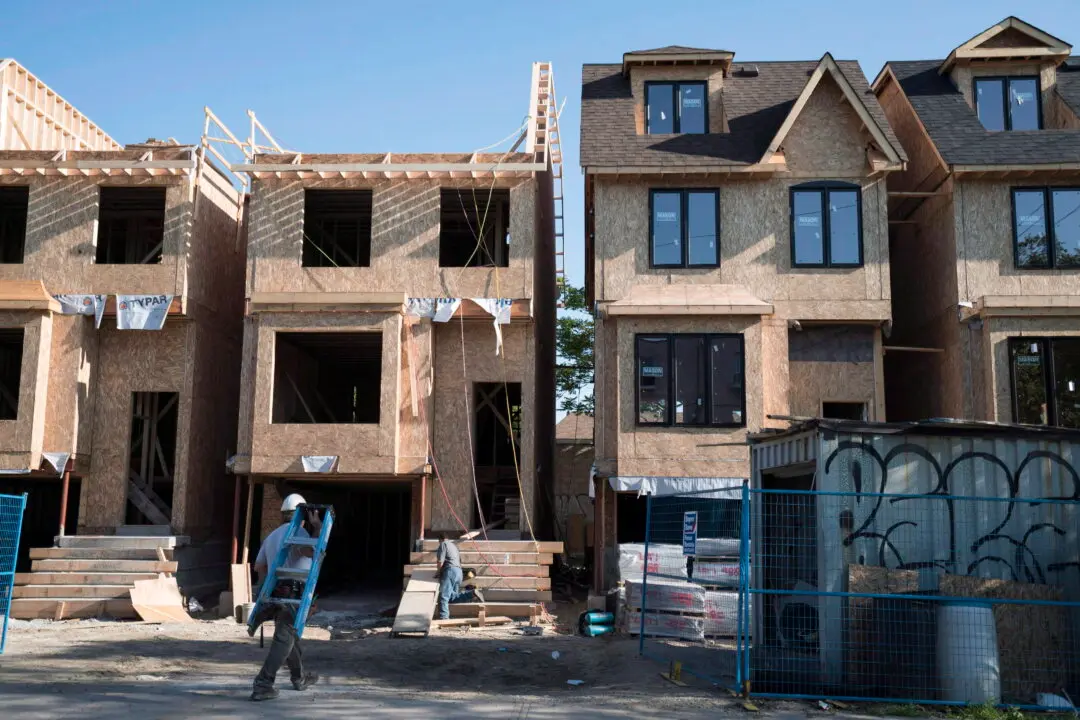Canada’s Mortgage and Housing Corporation’s (CMHC) estimation that 3.5 million new homes are needed by 2030 to retain affordability is “already obsolete,” a CIBC report says.
The CMHC projection used a base population of 38.9 million, the CIBC report notes, which is 1.2 million short of the country’s actual population.





